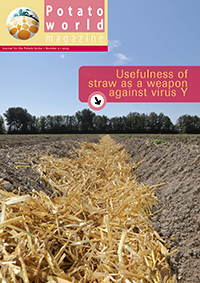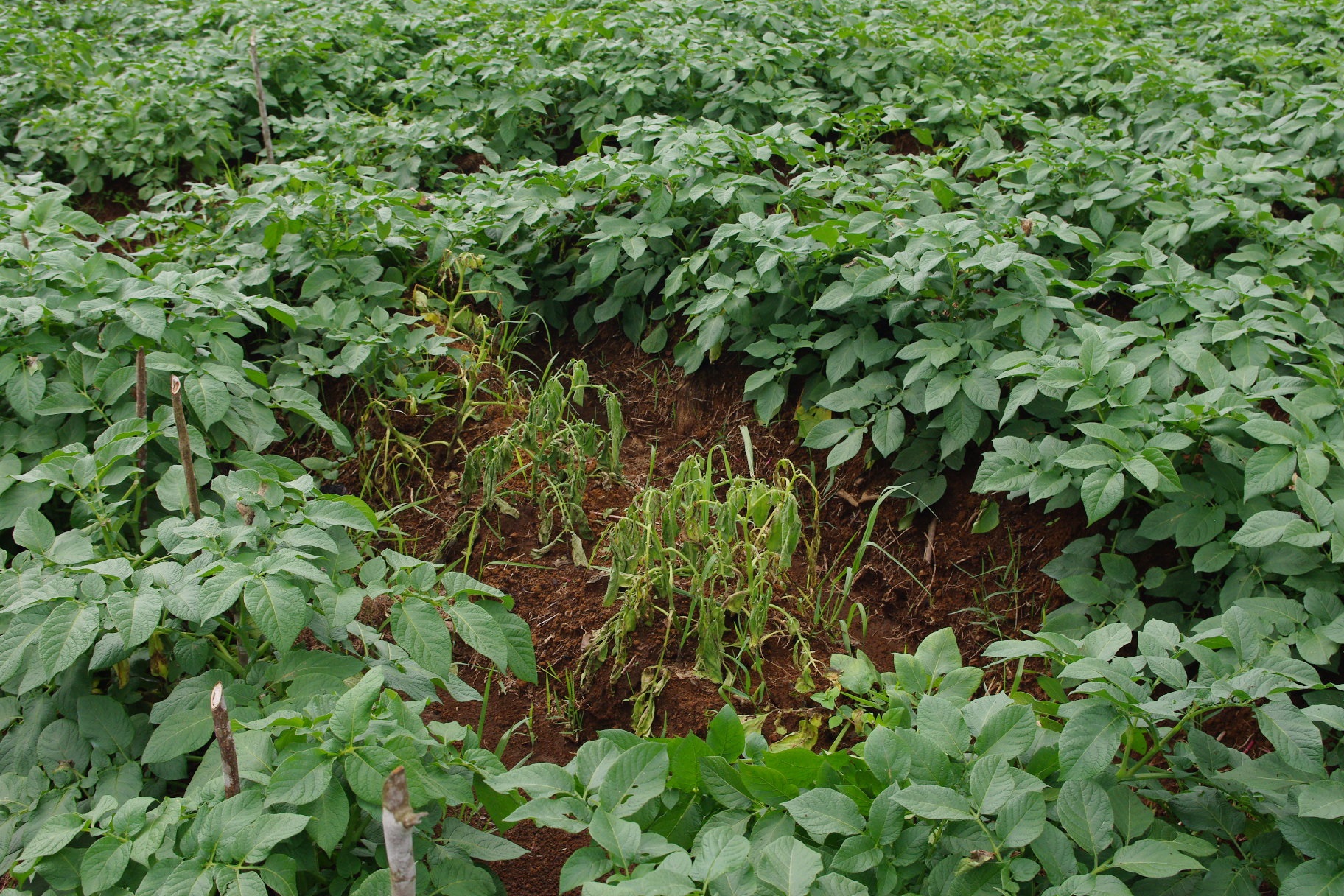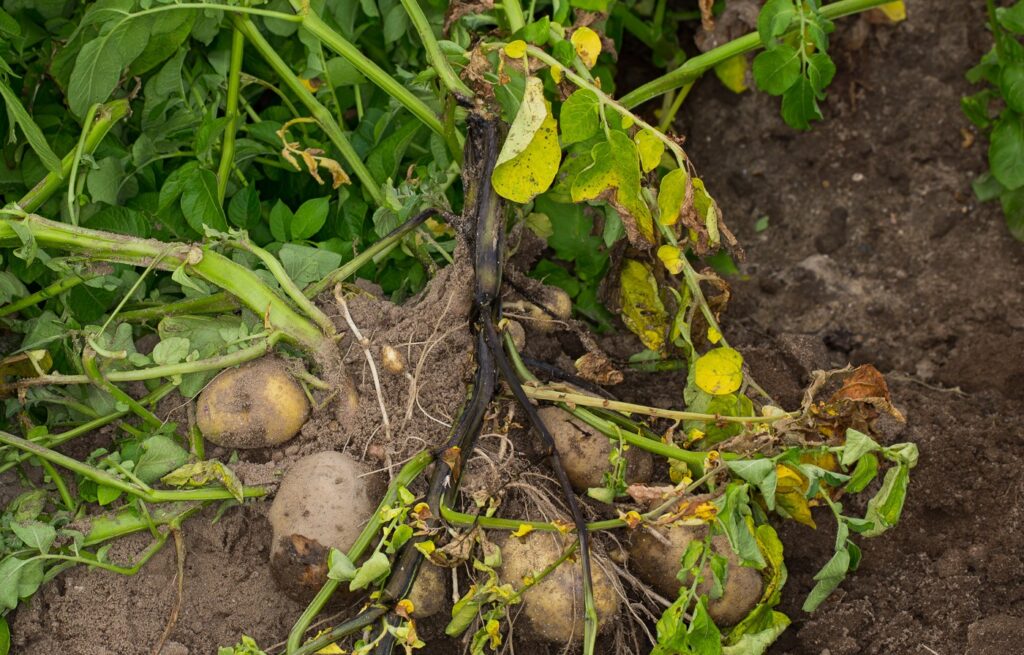Already a subscriber? Activate your premium account

Potatoworld Magazine

Bacteria spread across the world with the seed tubers mainly. Soft rot bacteria (Pectobactetrium spp. and Dickeya solani) are present in most growing environments although not both species and their subspecies appear everywhere. The pathotypes P. wasabi and S. solani for instance are new strains in parts of Europe introduced from other parts of the world where solanaceous crop and weed species grow. Here they replace older soft and wet rot causing bacteria.
Brown rot caused by Ralstonia solani is endemic and mainly limited to tropical highlands and is a quarantine disease where it is not endemic such as Europe, northern Asia and North America. Here seed tubers are screened rigorously and seed stocks are clean. Some weeds such as bittersweet (Solanum dulcamara) continue to harbor the bacterium and release it to surface water, reason why where this is the case such water is not allowed to be used for irrigation and growers have to rely on ground water from deep wells.
The soft rot bacteria of Pectobacterium carotovorum, brasiliensis, atroseptica and wasabiae and possibly other and Dickeya dianthcola and D. solani (formerly the Erwinias, responsiblefor black-leg and soft rot) have their highest multiplication rate (RDR = 1) at different temperature optima around 25 °C. They do not grow below some 4 °C nor above 37 °C (RDR= 0). For brown rot caused by the bacterium Ralstonia solanacearum the minimum soil temperature is 10 °C, optimum at 30 °C and maximum at 37 °C. Intermediate RDR values follow from intrapolation between the optimum temperature with RDR = 1 and those of RDR =0. Adding 2 °C as is expected to happen in the next decades, increases the cRDR of the soft rots somewhat, but that of brown rot, which has a higher temperature optimum, increases considerably. Growers then have the same vigilance as now albeit with increased intensity: planting of healthy seed, application of irrigation water devoid of bacteria, avoidance of root and plant damage or contamination by contact and adequate draining of water to avoid logging. The latter increasingly becomes an issue with the decrease in the consistency of rainfall. The frequency of rainstorms with over 40 mm/day for instance, has increased in North-West Europe.

Events
©2015 - 2024 Potatoworld | Webdesign and realisation COMMPRO